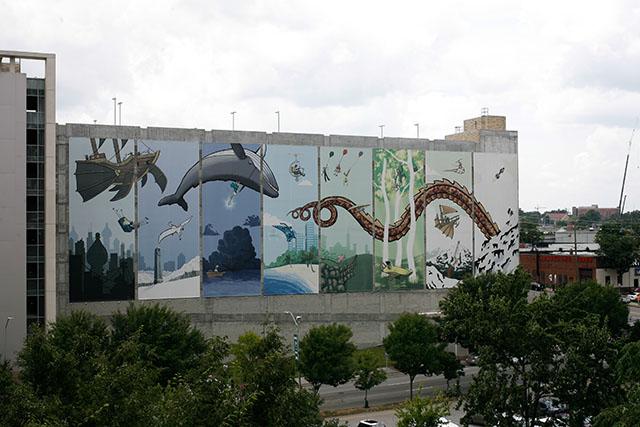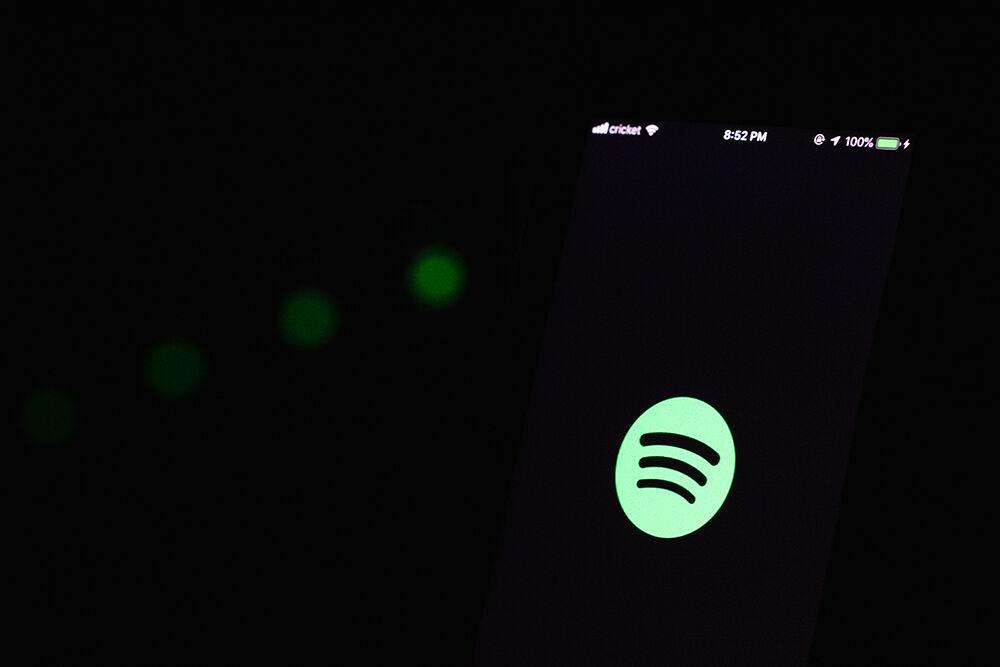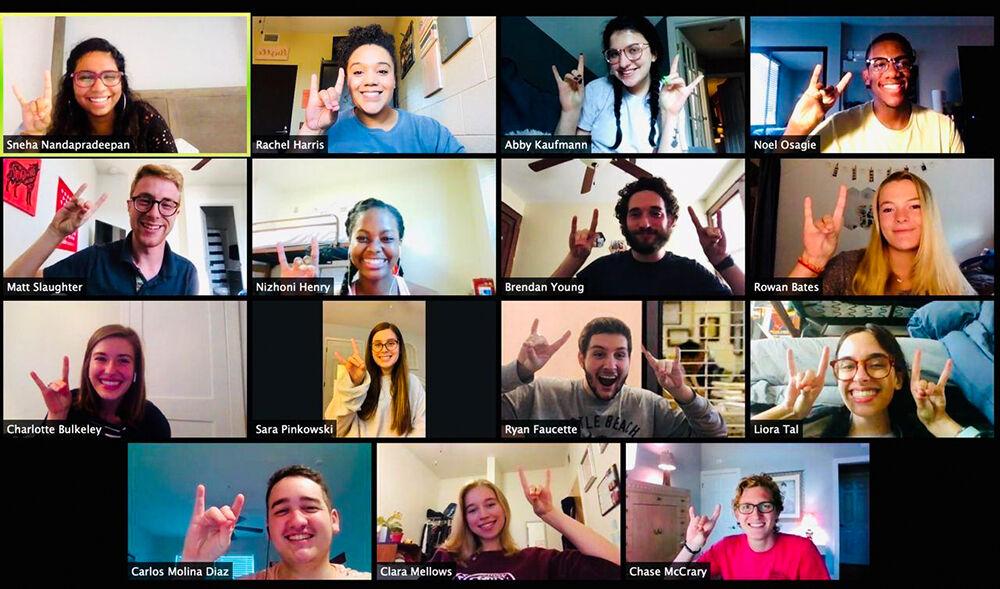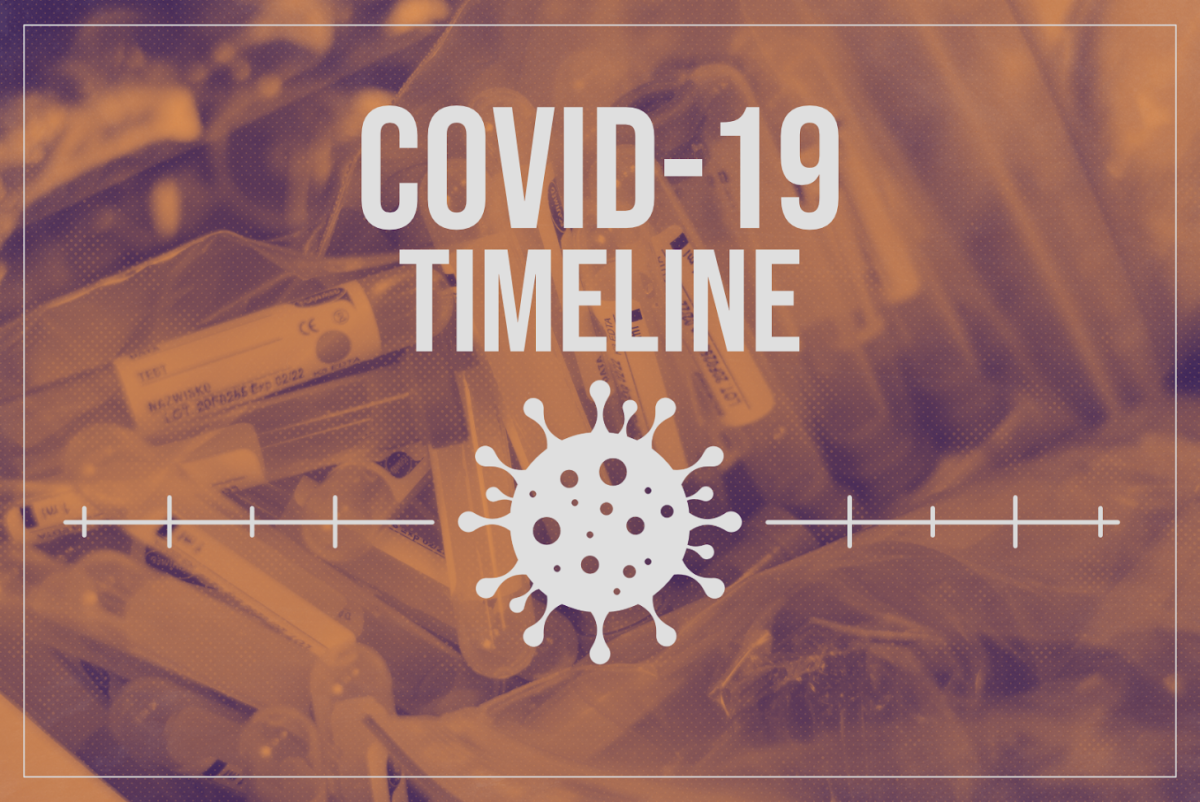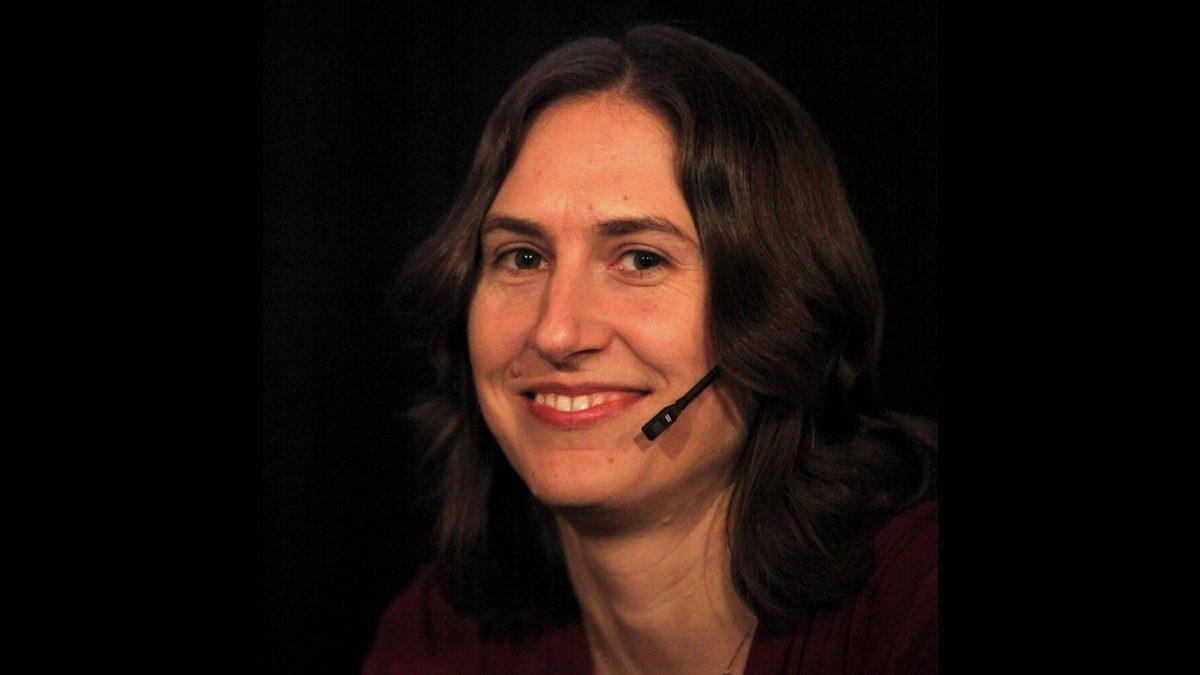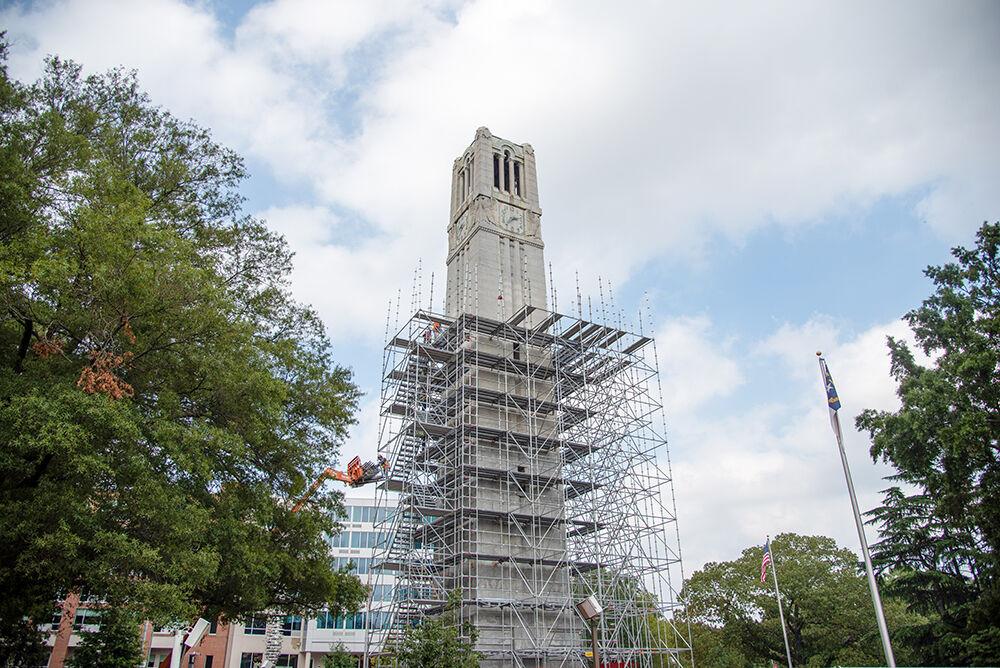For nearly thirty years the Raleigh Arts Commission has been responsible for arts programming in Raleigh, but in 2009 a formal ordinance was passed in the city that appropriated .5% of the city’s construction funds for capital improvement projects to be allocated specifically for public art projects.
Thus Raleigh Public Art was born, and in the three years since its inception, the program has already improved Raleigh’s public art scene.
“Our public art project is actually a baby one” Kim Curry-Evans, the coordinator of the Public Art Program said.
“Up until about 2010 there were no formal public art programs per se. There were opportunities, but the first public art project went to the Buffaloe Road Aquatic Center.”
The Buffaloe Road Aquatic Center is home to a $79,000 project designed by Durham’s Vega Metals that depicts water droplets and resulting concentric circles.
“There were over 200 nationally known artists that submitted applications for that first project, but we chose to select a local art team for the project” Curry-Evans said. “Depending on the scope of the project we try to keep it local. With smaller projects like the one going to Walder’s Grove Solid Waste Facility we have put out calls to artists that exclusively live in North Carolina.”
But with six currently active projects in various stages of completion, the projects has increased from $35,000-150,000. Naturally, the scope of the artists involved will increase as well.
“The Buffaloe Road Project was around $80,000 and was funded from a pool of various local improvement projects, but it wasn’t a huge project—it was just .5 percent of construction funds.”
Curry-Evans said this .5 percent can appear minuscule next to those of larger cities like Sacramento, a city that appropriates 2 percent of their construction funds to public art projects.
“You can get a lot more money with that higher percentage,” Curry-Evans said. “And we’re getting to a point where we’re getting larger and larger projects.”
For example, the program is beginning a large-scale project at the downtown Remote Operations Facility that will cost an astounding $156,000. But projects like these aren’t just limited to sculptures according to Curry-Evans. The program is beginning to expand their canvases to a much broader range.
N.C. State students are no strangers to the renovations on Hillsborough Street, but many of them are unaware of the work that’s actually taking place on this high-traffic area of Raleigh.
“It’s not a sculpture but it’s where artwork may be integrated into a mile or two long streetscape, the entire project becomes a public art piece in a way,” Curry-Evans said. “It’s about creating places with public art in such ways that you see it in buildings, outside of buildings as a part of streetscapes, trail ways and parks. We want it to not just be the traditional notions of what you think public art is, but so you see it throughout Raleigh in a lot of different ways.”
Ultimately, the goal of the Raleigh Public Art Program is to increase visibility not only for the artists involved but also for the city as a whole. In major metropolitan areas you see destinations of all shapes and sizes, whether it be a brilliantly designed park or a piece of street art whose visual captivation can’t be denied.
“I think we’re at the threshold of seeing how public art can brand Raleigh as a wonderful place for people to come and see wonderful things. That could happen here,” Curry-Evans said. “We have a very strong art scene. Whether that’s musical, performing arts, literary, or visual arts. I’m looking forward to seeing how this city can be launched as a wonderful place for public art.”


